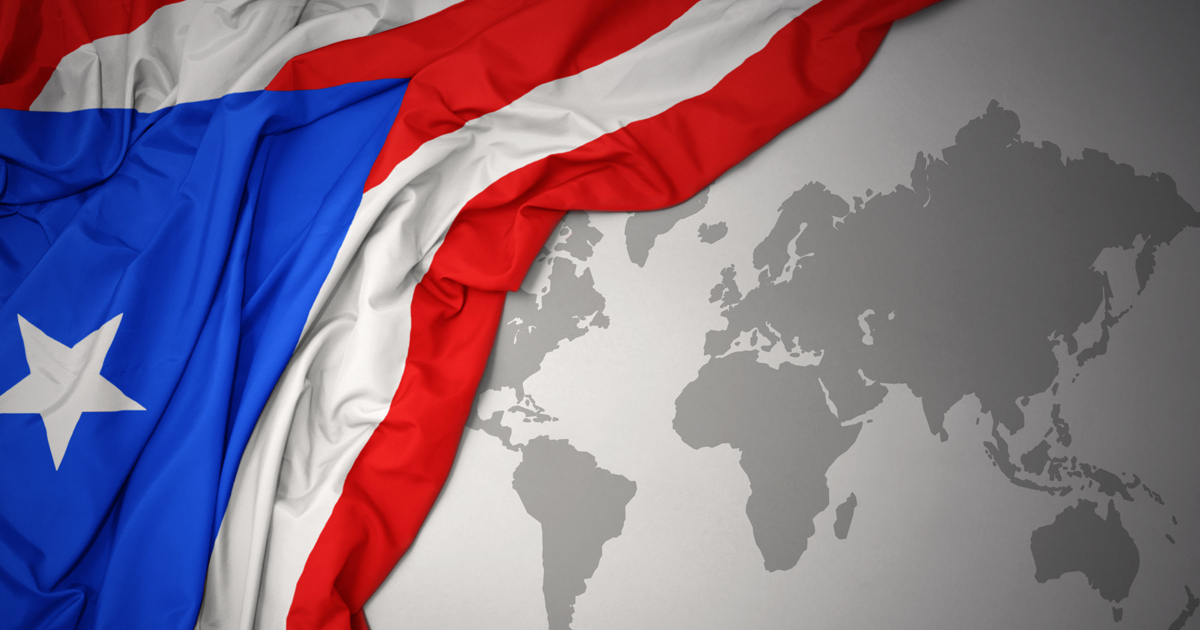Racial differences observed for dialysis mortality rates in US territories vs states
A recently published study determined mortality rates of patients treated with hemodialysis were different for racial and ethnic groups based on whether patients received care in U.S. states or territories.
“While there have been extensive analyses of [chronic kidney disease] CKD and ESKD in the 50 U.S. states, there are few studies about kidney disease in the U.S. territories,” Guofen Yan, PhD, of the department of public health sciences at the University of Virginia School of Medicine, and colleagues wrote. “The U.S. has five territories that are permanently inhabited and comprised of Puerto Rico, the U.S. Virgin Islands, Guam, the Northern Mariana Islands and American Samoa, with a disproportionately high rate of diabetes related ESKD.”
Hypothesizing that mortality outcomes for patients on dialysis in the territories may differ from that in states — where racial minorities tend to have a lower mortality rate than white patients — researchers conducted a retrospective cohort study using the United States Renal Data System. The study included 1,524,610 patients from the U.S. 50 states and 22,828 patients treated in four U.S. territories (American Samoa, Guam, Puerto Rico and the Virgin Islands).
Researchers found the crude mortality rate, measured as deaths per 100-patient years, was lower for whites in the territories than in the U.S. 50 states (14 vs. 29), but higher for Hispanic (27 vs. 16) and Asian (22 vs. 15) patients. The morality rate was similar for black patients whether they were treated in the territories or states (18 vs. 17).
After conducting matched analyses for comparable age and risk factors, there were no significant differences in mortality among white or black patients in the territories vs. the states. However, greater mortality risk in the territories persisted for Hispanic (HR = 1.65) and Asian (HR = 2.01) patients.
Cardiovascular disease was determined to be the primary cause of death in both the territories and 50 states.

Researchers further noted that patients in the territories had a higher prevalence of diabetes-related ESKD (64% vs. 45%) and were less likely to have pre-ESKD erythropoietin use (20% vs. 27%), a nephrology visit before dialysis initiation (50% vs. 58%) or an arteriovenous fistula (10% vs. 14%). In addition, they found that Asian patients in the territories had higher BMIs than Asian patients in the 50 states.
In a related press release, Yan said this is the first study to document differences in dialysis mortality for racial and ethnic groups in the U.S. territories vs. the 50 states.
“Although dialysis care should be similar everywhere, we found that Hispanic and Asian patients undergoing dialysis in the U.S. territories were more likely to die than their counterparts with similar age and medical conditions living in the 50 United States,” he said. “Now that we know this, our next question to answer is, why?”
The researchers proposed the mortality differences may be explained by dietary patterns, health beliefs and behaviors, access to care, quality of care, insurance status, health care system factors, underlying illness, and biologic and genetic factors. They argued that high poverty rates may also play a role, as poverty rates range from 22% to 57% in the territories vs. 12% in the 50 states.
“The territories have the lowest overall dialysis wage indices and the highest projected 2021 dialysis facility payment reductions — this is disconcerting as a lower level of reimbursement per treatment can have adverse impact on a facility including higher risk of closure and the resulting decrease in access to care,” they wrote. “Thus, the impact of a poor economic state on the overall health infrastructure in Puerto Rico and the other territories may contribute to the higher mortality rate in a highly vulnerable dialysis patient population living in the territories.”
In a related patient voice editorial, Daronta L. Briggs, a veteran and African American with ESKD, wrote: “Based upon my observations receiving medical care for [4.5] years of my life, I witnessed an increase in the mortality rate among fellow veterans on dialysis. Many of my military buddies from Puerto Rico and the Hawaiian Islands expressed to me sadly their own stories of the many issues with receiving care and assistance in their territories for family members with kidney disease. The disparity of medical coverage among U.S. territories is even greater than those found within the 50 states. Importantly, this disparity also includes adequate provision of the education and knowledge needed among patients to prevent and slow down the progression of kidney disease.”
Briggs argued that public awareness of dialysis mortality rates — and the differences in these rates between the states and the territories — is an important part of continued efforts to improve patient care and outcomes. – by Melissa J. Webb
Disclosures: The authors report no relevant financial disclosures.
